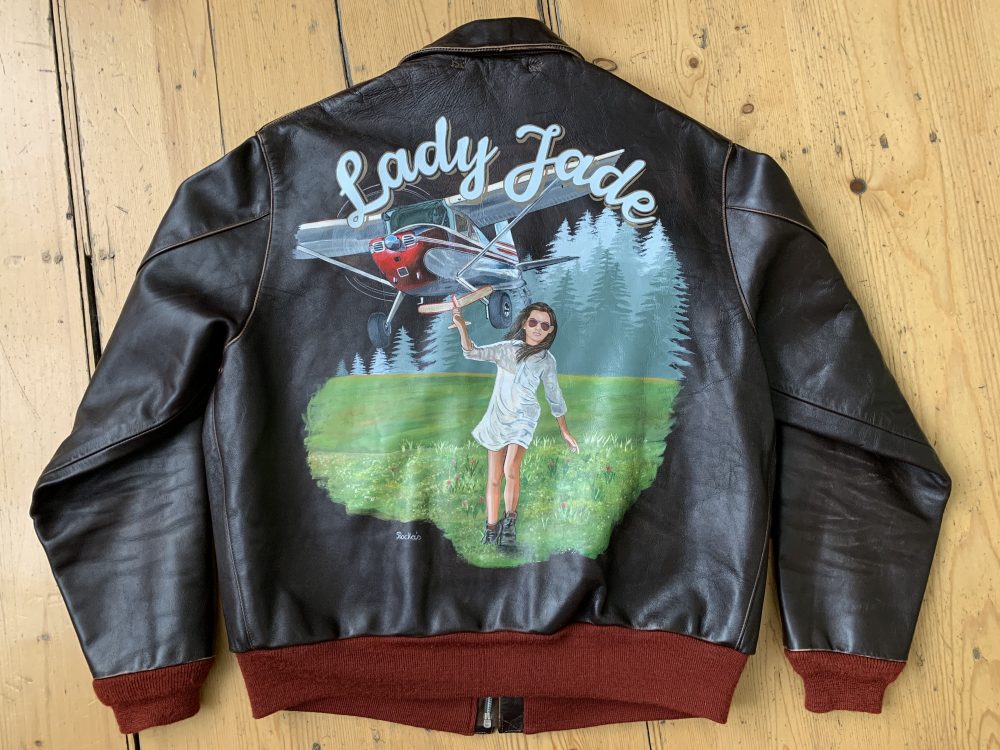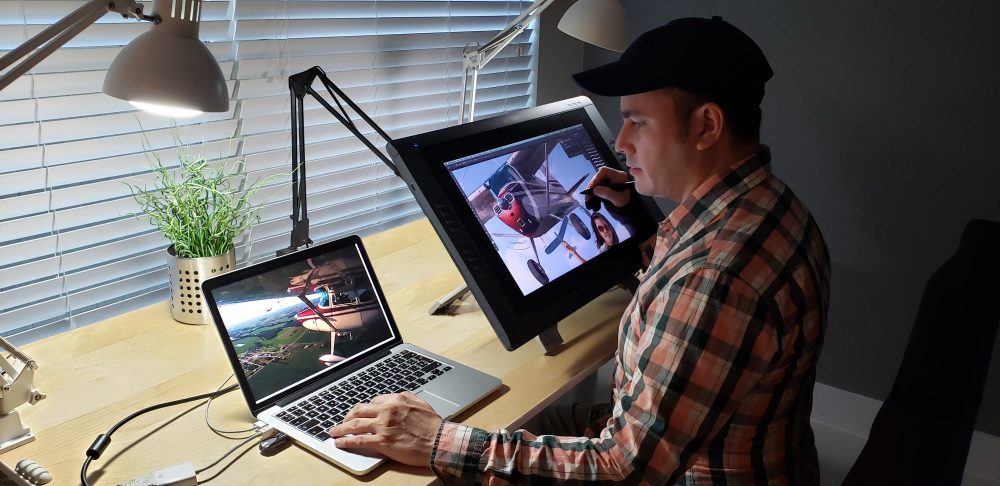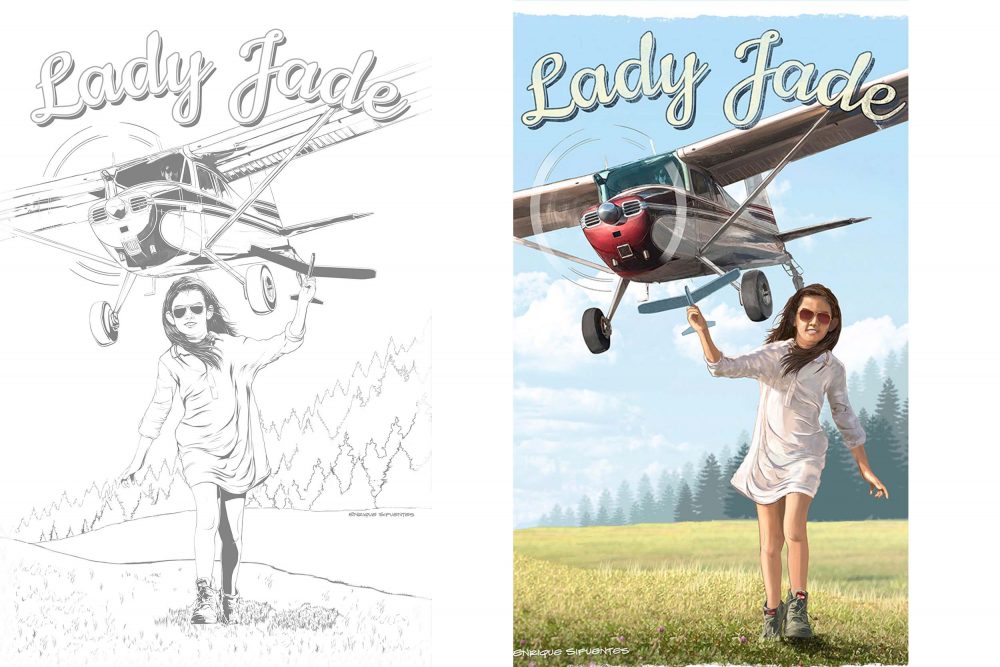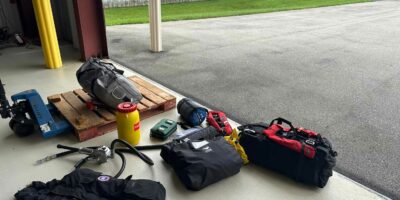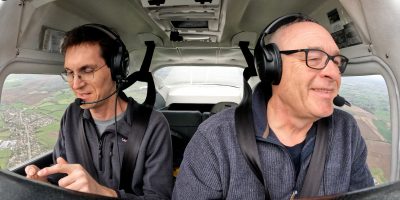I confess, I am one of those pilots who like to look the part, and I’m also a big collector of WWII memorabilia. I own several jackets from that period. Like the pilots in WWII, I wanted to personalise my Eastman A-2 (one of the best reproductions you can buy which is correct down to the last detail).
When it was time to decorate my A-2, I knew the elements I wanted on it. My 1952 Cessna 170B is nicknamed Lady Jade in honour of my daughter, so of course I wanted her as part of the art on my back! The inspiration to combine all these elements came from the beautiful posters created every year for La Ferte Alais Airshow by artist Romain Hugualt.
Having a clear idea in my mind for the design, I looked for the artists who could make it real. Without a doubt I knew who was going to be the designer – Enrique Sifuentes. A ‘citizen of the world’, he was born in Torreon Coahuila, Mexico, from Spanish grandparents. From an early age he was fascinated with aircraft and design, and like so many of us, radio control models were part of his childhood. Trained in industrial design, Enrique lives in Austin, Texas. While his full-time work is still industrial design, he now spends his afternoons drawing and painting aircraft for several clients around the world.
Enrique combines classic and modern techniques in his designs, starting with pen and ink and finishing the details on a computer. I sent him several photos of my aeroplane and daughter. He was very patient as we exchanged multiple messages and emails adjusting the details until he perfectly captured the idea I had in my mind.
Spirit of the artists
With Enrique’s design ready, it was then time to find an artist to paint the jacket. I spent several weeks surfing the net – there is no lack of talent out there. I wanted an artist with an old soul, with the same spirit of the artists painting the jackets for pilots during WWII.
One day I spotted a fantastic jacket by an artist called Rocka on Facebook. Rocka had just the perfect style.
Adelja Rockas was born in northern Germany, and lived in London during the 1990s. She used to attend the Rockabilly festival in Hemsby on the English coast (her artist name Rocka is short for Rockabilly). Hot Rodders wore painted jackets, she got hooked with the vibe and wanted one for herself. After collecting books about pin-up girls, nose art and flight jackets, she still couldn’t find anyone who wanted to paint her jacket. So, she decided to pick up her own brush and give it a try. Initially, she just painted for her friends, but soon the demand to have jackets painted by her grew and she is kept busy painting for customers.
Adelja told me, “Most of the time, customers come up with a specific idea of how the painting should look on the jacket. If not, we look at books together searching for inspiration. I paint history and stories.”
After chatting via email, Adelja agreed to paint my jacket, but told me there was a waiting period of several weeks. I wasn’t surprised. I ordered a new Eastman A-2 jacket from Eastman Leather in England for delivery to Adelja – then patiently waited my turn.
Her technique includes regular brushes, flexible acrylic paints from different manufacturers, plus lots of creativity. When the work is finished, it is sealed, making the final art weatherproof and durable. With wear and use, like a Polaroid over time, the vintage effect of an authentic, historical flight jacket develops.
So after several months working on this project, exchanging emails from Hong Kong to Texas and Frankfurt, my jacket arrived. I couldn’t be more pleased with the results.
I am sure that the art created by Enrique and Adelja would get a thumbs up from any WWII flight crew member.


